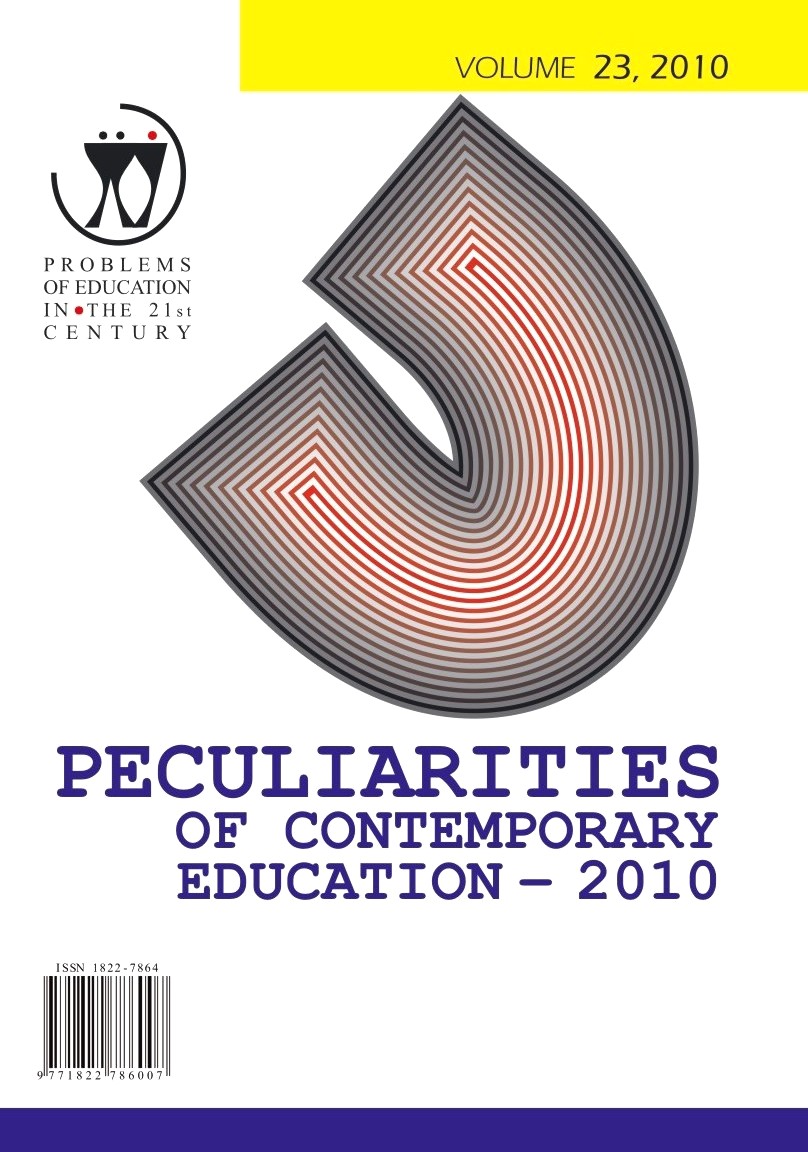GENDER AND REGIONAL DISPARITIES IN ENROLMENT AND ACADEMIC ACHIEVEMENT IN KENYA: IMPLICATIONS FOR EDUCATION PLANNING
GENDER AND REGIONAL DISPARITIES IN ENROLMENT AND ACADEMIC ACHIEVEMENT IN KENYA: IMPLICATIONS FOR EDUCATION PLANNING
Author(s): Jane Amunga, Amadalo Maurice Musasia, Maiyo K. JuliusSubject(s): Gender Studies, Education, Sociology of Education
Published by: Scientia Socialis, UAB
Keywords: gender disparity; enrolment; regions and achievement; academic achievement;
Summary/Abstract: According to the requirements of the educational millennium development goals, countries are supposed to ensure that by 2015, children everywhere, boys and girls alike complete a full course of primary education and eliminate gender disparity in primary and secondary education by 2005 and at all levels by 2015. In line with this requirement, the Kenya government introduced free primary education (FPE) in 2003 and free secondary education in 2008 particularly for day schools. Enrolment in both primary school and secondary school has increased tremendously. This paper examines and highlights the patterns of gender and regional disparities in enrolment and academic achievement in the country. It shows that despite the general increase in enrolment at all levels of education in most regions; the enrolment of boys still exceeds that of girls. The situation is worse North Eastern where enrolment has remained very low despite government interventions. While enrolment figures offer a lot of hope, the situation is grim in academic achievement. Near parity in enrolment in many regions has failed to translate into parity in academic achievement. The girls register low achievement in national examinations when compared to boys nationally and in their respective regions in the country. The paper focuses on the 2009 Kenya Certificate of Primary Education (KCPE) and Kenya Certificate of Secondary Education (KCSE) results because it is the most immediate examination year. Where possible, other years have been used for comparison purposes. This paper argues that it is not enough to have girls in school. They have to benefit from the system by achieving quality grades which will in turn guarantee placement in marketable courses especially those required to drive the economy. Educational planners and policy makers should shift the campaign from enrolment and participation to achievement particularly that of girls.
Journal: Problems of Education in the 21st Century
- Issue Year: 23/2010
- Issue No: 1
- Page Range: 9-19
- Page Count: 11
- Language: English

